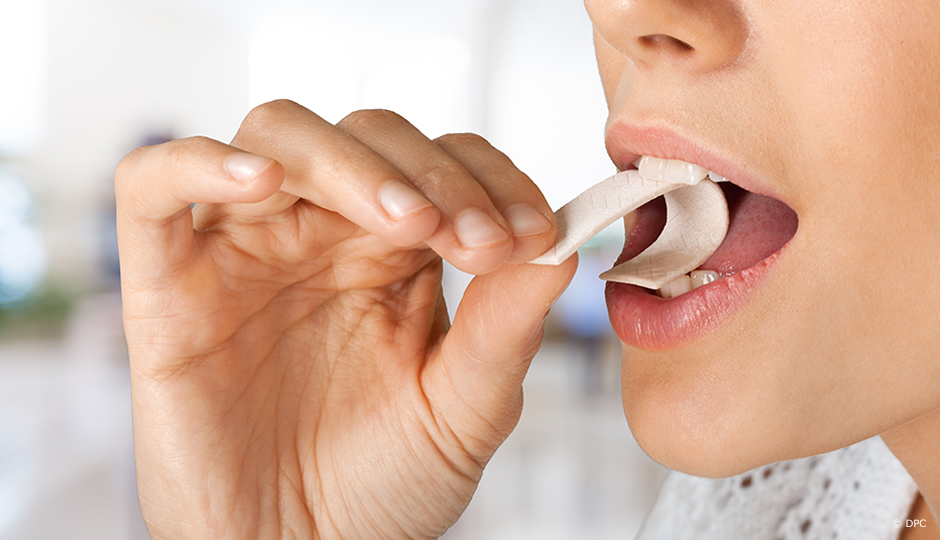Gum chewing could well become a lucrative habit! Two researchers at the École de technologie supérieure (ETS) in Montréal have managed to convert the movement of the jaw into electricity to recharge the batteries of hearing protectors, communication earpieces and hearing aids.
The concept is so promising that several major players in the hearing aid industry and a chewing gum manufacturer are closely following the work of Jérémie Voix, a professor in the Department of Mechanical Engineering at ETS, and his research associate Aidin Delnavaz.
Each time the muscles of the jaw move, the material deforms, creating an electric charge that powers the battery.
A few years ago, the researchers, in collaboration with Montréal-based Sonomax, designed a custom-fitted smart ear plug that blocks harmful noise while enhancing useful signals such as conversations. Moulded in silicone directly in the user's ear canal, this "bionic" ear contains a filter that allows speech signals to pass through using a microphone, a signal processor, a speaker and a battery. However, the unique device poses a challenge: battery life is very short. The question arises: how will people with reduced fine motor skills manage to replace the tiny battery?
To address this issue, the engineers thought of using the human body itself to charge the battery. They fitted a set of earmuffs with a chin strap made from a flexible, fibrous material called piezoelectric fibre composite. Each time the muscles of the jaw move—which happens an average of 2,300 times per day when we chew our food!—, the material deforms, creating an electric charge that powers the battery.
The researchers are now working on incorporating this material into the bionic ear. Judging from the prototypes, mealtimes and gum chewing could one day be harnessed to recharge the batteries of our mobile devices.




